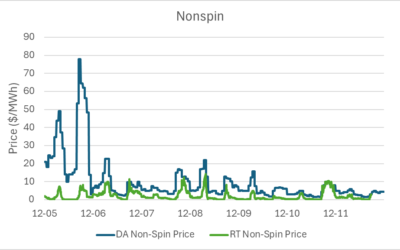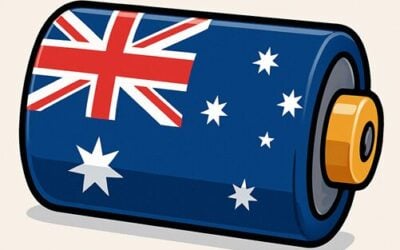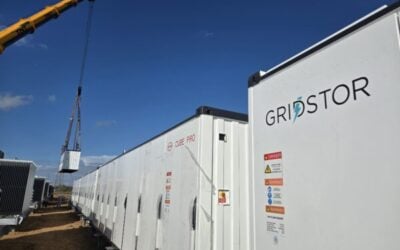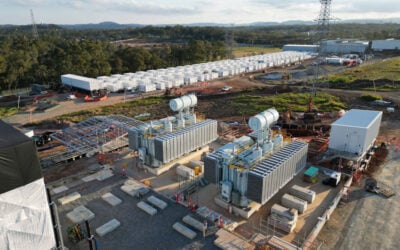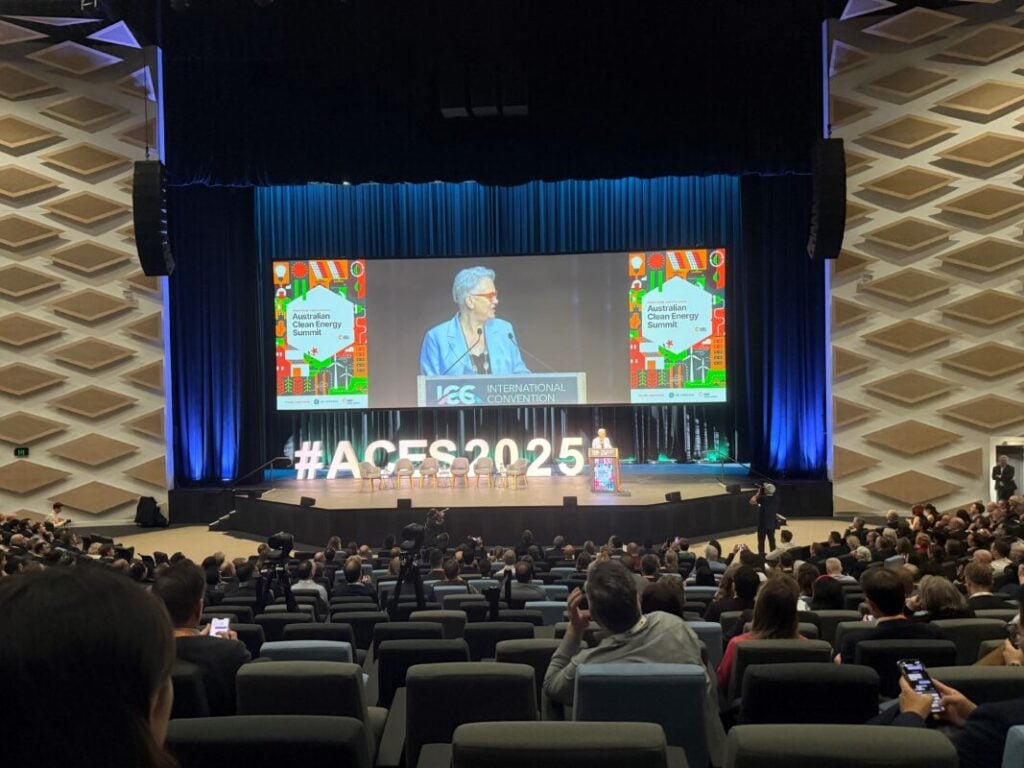
The New South Wales government has announced plans to launch a new tender seeking 500MW of firming capacity, seeking bids from battery energy storage, gas and virtual power plants (VPP).
The tender, which will be carried out by ASL, formerly AEMO Services, later this year, will look to secure reliable energy for high-demand periods like heatwaves or cold snaps.
The tender was announced by the New South Wales minister for climate change and energy, Penny Sharpe, this morning at the Clean Energy Council’s Australian Clean Energy Summit 2025 in Sydney.
“The new tender will be led by ASL and seek 500MW of firming capacity for the New South Wales grid by 2028. It will focus on projects in Sydney, Newcastle and Wollongong,” Sharpe said during a speech at the summit.
Try Premium for just $1
- Full premium access for the first month at only $1
- Converts to an annual rate after 30 days unless cancelled
- Cancel anytime during the trial period
Premium Benefits
- Expert industry analysis and interviews
- Digital access to PV Tech Power journal
- Exclusive event discounts
Or get the full Premium subscription right away
Or continue reading this article for free
“If you have projects you can deliver in those time frames and are in those areas, we want to hear from you.”
Successful projects will join those supported in the state’s first firming tender in 2023, which included AGL’s 500MW/1,000MWh Liddell battery, Akaysha Energy’s 415MW/1,660MWh Orana battery, Iberdrola’s 65MW/130MWh Smithfield BESS, and New South Wales’ first large-scale VPP under the NSW Roadmap.
The announcement of the firming capacity tender comes following analysis by the Australian Energy Market Commission (AEMC), which predicted that New South Wales will likely experience grid-reliability issues in 2027-28 without intervention.
This is according to the organisation’s Reliability & Security Report, which covers Australia’s National Electricity Market (NEM). It was produced by the AEMC’s Reliability Panel, responsible for monitoring, reviewing, and reporting on the NEM’s safety, security, and reliability.
The report outlined that the NEM maintained expected reliability, security, and safety levels during the 2023-24 financial year despite undergoing significant transformation to one increasingly powered by renewable energy sources, with battery energy storage in Australia playing a crucial role.
However, due to the uptake of variable renewable energy generation sources, the grid’s long-term reliability has been questioned, with gaps expected to appear in South Australia and New South Wales within the next decade.
Specifically, South Australia is predicted to see reliability gaps as early as 2026-27 and 2033-34. New South Wales could see reliability gaps in 2027-28 and from 2031-32 onwards. The report also mentions that Victoria could see reliability gaps in 2027-28.
As such, this could create an opportunity for energy storage to be developed in these states to help mitigate concerns surrounding grid reliability.

